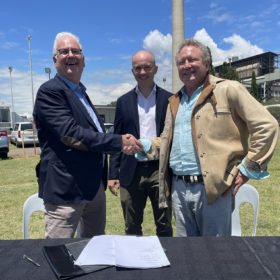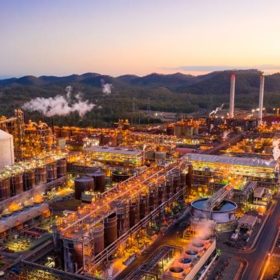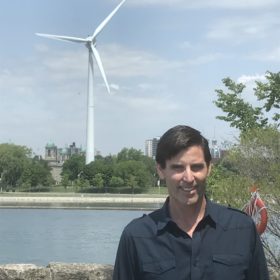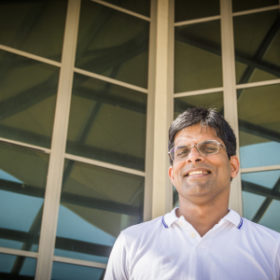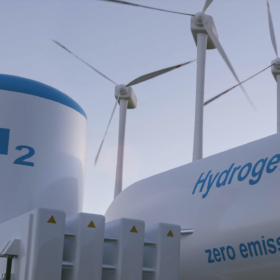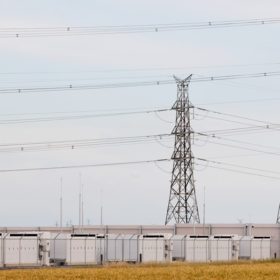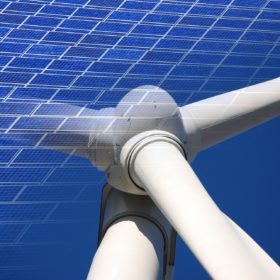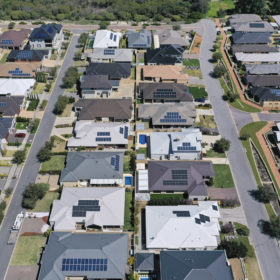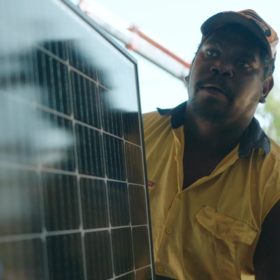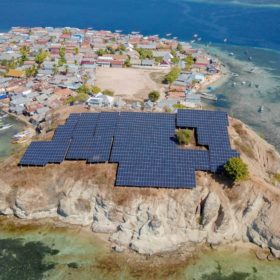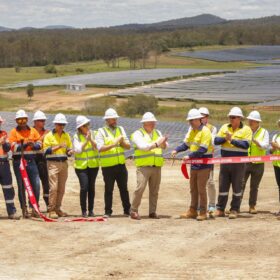Hunter Valley hydrogen hub vision balloons with AGL & FFI considering up to 2 GW
Bringing on board gas giants APA Group, Inpex Corporation, Osaka Gas and distributor Jemena, AGL and Fortescue Future Industries say their Hunter Valley coal to hydrogen hub conversions could be as large as 2 GW – though the insistence on green hydrogen does appear somewhat muddied by the new partnerships.
Rio Tinto mulls 4 GW of renewable proposals for its Queensland operations
Miner Rio Tinto has received offers to build more than 4 GW of solar and wind capacity after the company sought proposals to help it cut carbon emissions at its Queensland operations.
Study finds 100% renewables would pay off within six years
New research from Stanford University researcher Mark Jacobson outlines how 145 countries could meet 100% of their business-as-usual energy needs with wind, water, solar and energy storage. The study finds that in all the countries considered, lower-cost energy and other benefits mean the required investment for transition is paid off within six years. The study also estimates that worldwide, such a transition would create 28 million more jobs than it lost.
NT’s first hydrogen-fuelled generator piloted by Charles Darwin University
The Northern Territory is set to install its first hydrogen energy storage system as part of a pilot being operated by the Charles Darwin University in Darwin.
‘Not actually green’: why time matching is key to becoming a hydrogen superpower
Australia is setting out to become a global hydrogen superpower – but the standards we’re applying to classify ‘green’ renewable hydrogen are falling well behind our global peers and the expectations of future customers. The heart of the problem is “we’ve separated the characteristics of energy from the energy itself,” Steve Hoy, founder and CEO of power tracing technology company Enosi, tells pv magazine Australia.
‘Not valued clearly at present’: ARENA-backed study looks into how to better incentivise storage investment
Melbourne’s Monash University will conduct a $1.18 million study into alternative market designs which better support energy storage technologies and drive clearer investment signals.
Can renewables curtailment be rethought as a good thing?
While curtailing solar and wind energy production can be viewed as a lost opportunity, NREL argues that it may be an important feature in the future energy grid dominated by low-cost renewable energy.
Weekend read: First notes of a West Australian symphony
Project Symphony provides a glimpse into Western Australia’s energy future, argues the project’s communications lead, Megan Allan. With a large, islanded network featuring high levels of rooftop PV penetration, the pilot on Western Australia’s grid is aggregating residential PV into a virtual power plant (VPP) to participate in a simulated bidirectional wholesale electricity market.
Rooftop solar cheaper for Indigenous NT communities than ground mounted, but benefit question remains
Rooftop solar systems are cheaper then centralised ground mounted systems for remote Indigenous communities in the Northern Territory, a new report funded by ARENA and APVI has found. The report, however, did not examine the question of community benefit in its scope – something Alan Langworthy, who has long worked in energy in the NT, told pv magazine Australia is absolutely vital.
Solar-plus-storage for Indonesian islands
Indonesian remote islands are increasingly resorting to solar-plus-storage to cover most of their electricity demand. According to new research from LUT University, combining PV with batteries may help islands to cover around 60% of demand with renewable energy.
